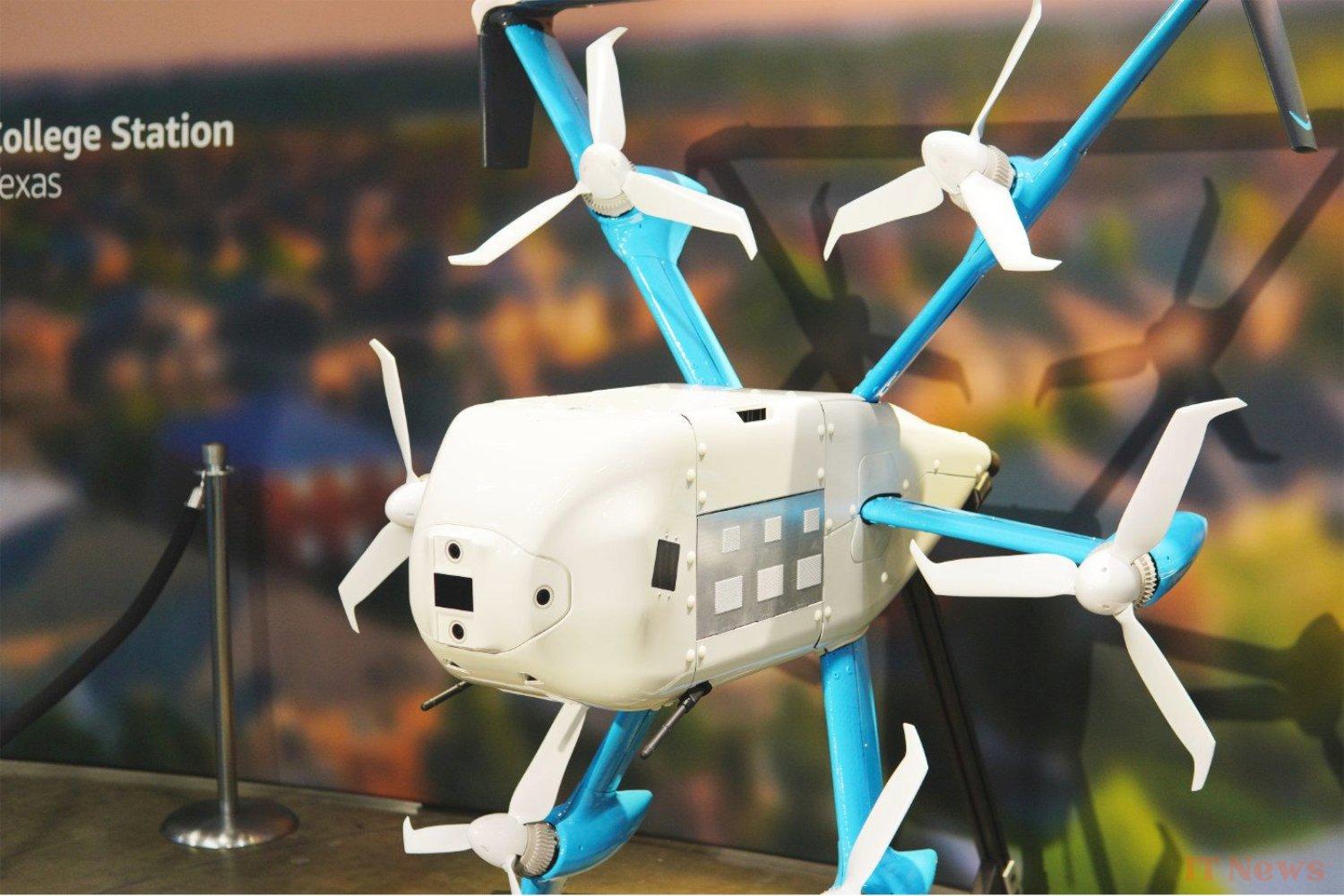Last December, a pair of Amazon delivery drones crashed in the United States. One of the MK30 drones, flying more than 60 meters above the ground, suddenly cut all six of its propellers. It crashed to the ground. Unsurprisingly, the aircraft was in pieces. A few minutes later, a second drone did exactly the same thing, for no apparent reason. Both drones were part of Prime Air, Amazon's aerial delivery service. Launched in the United States in 2022, it is gradually expanding internationally, particularly in Europe, with a first successful test in Italy in December 2024.
In the wake of the incident, Amazon decided to suspend experimental flights of its delivery drones. The American giant decided to modify the drones' software, but specified that the crash was not the "primary reason" for the program's shutdown. Amazon indicated that it was "currently making software modifications to the drone," which was accompanied by a suspension of "commercial operations." Deliveries recently resumed in several American cities in Texas and Arizona. The updates were indeed approved by the authorities.
The origin of the Amazon drone crash
Several months after the incident, a report from the National Transportation Safety Board (NTSB), a US federal agency responsible for investigating civilian transport accidents, shed light on the causes of the incident. According to documents consulted by Bloomberg, the Lidar (Light Detection and Ranging) sensors integrated into the MK30 drones were the cause of the crash. Apparently, the Lidar sensors, essential for fully autonomous flights, "tricked the drones into thinking they had landed.". In effect, the software responsible for the movements turned off the propellers.
The sensors began to malfunction following a software update. After the update was installed, the drones' sensors had difficulty functioning properly in rainy conditions. On the day of the crash, the two delivery drones were also experiencing light rain. This is why the Lidar system was convinced the aircraft was on the ground.
Missing a backup sensor?
Some sources link the malfunction to Amazon's change in approach. Previously, Amazon wanted the drones to land on the ground at customer locations to deliver packages. With the MK30s, the company decided that the packages would be dropped a few meters above the ground. The company therefore chose to simplify the device by removing the backup landing sensor.
Three people familiar with the situation interviewed by Bloomberg say that a backup landing sensor could have prevented the accident. According to the media's sources, Amazon reportedly removed one of the backup sensors that was present on previous models. Amazon strongly refutes the allegations about the sensor and says that claiming that a "past accident could have been avoided simply by replacing one system with another is an irresponsible statement." Jeff Bezos's company adds that the MK30 drone remains more reliable than its predecessors, including the MK27.
This is not the first time that the experimental drone delivery program has suffered setbacks. In 2021, a malfunctioning drone caused a fire at a test center in Oregon. At the time, the company said its "rigorous testing" could sometimes lead to incidents. Amazon has suspended drone deliveries several times in recent years. As a reminder, it has been more than eleven years since Jeff Bezos announced Amazon's drone delivery project. The initiative has fallen years behind its original schedule.
Source: Bloomberg



0 Comments